Maxime Beugnet
40 Minutes to Build a Serverless COVID-19 REST and GraphQL APIs
#1about 2 minutes
The challenge of making raw COVID-19 data usable
The project's goal was to transform raw, hard-to-use COVID-19 data from Johns Hopkins University into a clean, queryable dataset.
#2about 7 minutes
Analyzing inconsistent daily report CSV files
The initial daily CSV files were unusable for a stable API because their schemas, column names, and date formats changed over time.
#3about 3 minutes
Using consistent time-series data as a source
The time-series CSV files provided a more stable and predictable data source with one column per day, which was better but still needed transformation.
#4about 7 minutes
Transforming wide CSV data into a document model
A Python script was used to pivot the wide CSV data, transforming date columns into rows and creating a GeoJSON structure for mapping.
#5about 1 minute
Overview of the final MongoDB collection structure
The final dataset is organized into five collections, including combined global and US data, pre-calculated daily counts, and a country summary collection.
#6about 6 minutes
Introducing MongoDB Atlas and the Realm serverless platform
MongoDB Atlas provides managed database clusters, while MongoDB Realm offers a backend-as-a-service layer for building serverless applications on top of Atlas.
#7about 3 minutes
Building a GraphQL API automatically with MongoDB Realm
MongoDB Realm can automatically generate a complete GraphQL API endpoint based on a collection's defined schema and access rules.
#8about 5 minutes
Securing the GraphQL API with authentication providers
Realm provides built-in authentication providers, such as anonymous or email and password, to secure API endpoints and manage user access.
#9about 5 minutes
Creating a serverless REST API with Realm webhooks
A custom REST API can be built using MongoDB Realm's HTTP services and webhooks, which execute serverless JavaScript functions to query the database.
#10about 3 minutes
The environmental benefits of serverless architecture
Serverless platforms improve energy efficiency by sharing compute resources and eliminating idle servers, contributing to a greener data infrastructure.
#11about 5 minutes
Handling evolving data formats with a flexible schema
MongoDB's flexible document schema allows for easier data migration and application updates by accommodating different document structures within the same collection.
Related jobs
Jobs that call for the skills explored in this talk.
Senior Fullstack Engineer – Angular/.Net (f/m/d)
Apaleo
München, Germany
Remote
€65-85K
Senior
JavaScript
.NET
+2
Matching moments

15:23 MIN
Introducing MongoDB Atlas as a unified solution
Protector Of The Realm

38:16 MIN
Q&A on serverless, webhooks, and cloud migration
Protector Of The Realm

35:33 MIN
Live demo of generating an API from a database
Rapid GraphQL API Development with PostGraphile
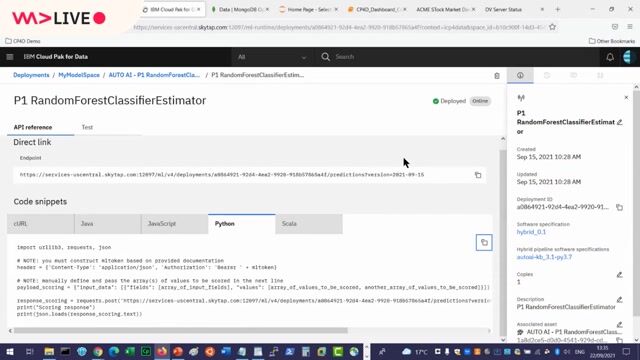
31:24 MIN
Demo: Setting up real-time data virtualization
Data Fabric in Action - How to enhance a Stock Trading App with ML and Data Virtualization
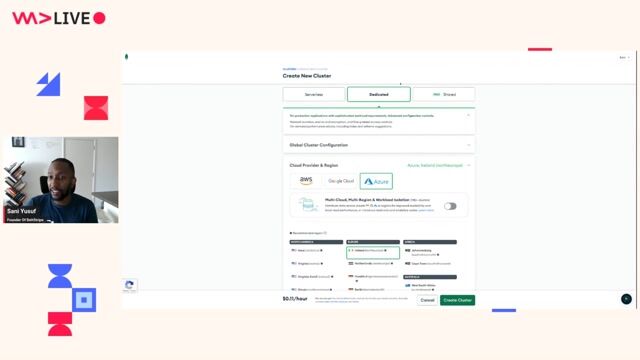
26:18 MIN
Demo: Monitoring, backups, and data visualization
Protector Of The Realm
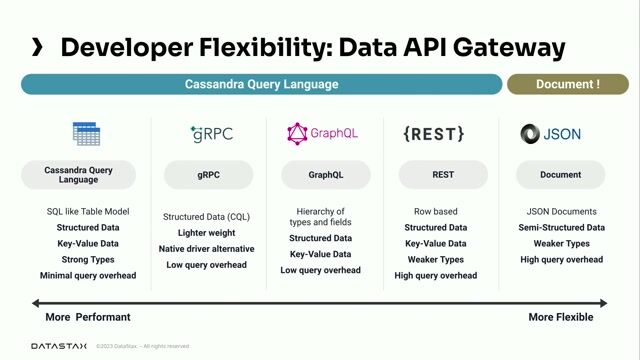
03:15 MIN
Interacting with Astra DB using GraphQL and REST APIs
Building Real-Time AI/ML Agents with Distributed Data using Apache Cassandra and Astra DB
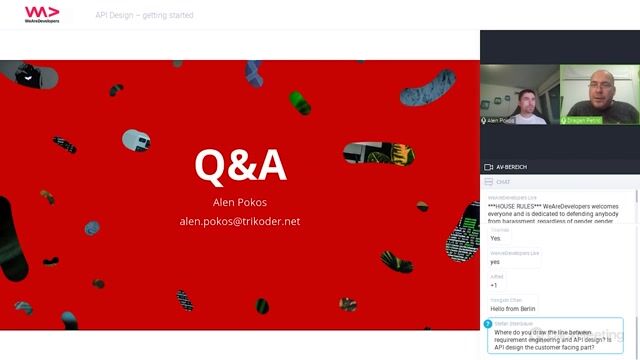
32:41 MIN
Audience Q&A on tools, errors, and GraphQL
API Design - Getting Started
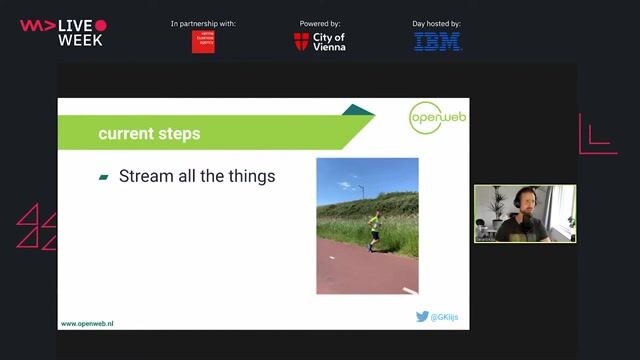
14:15 MIN
Building a one-way data pipeline for analytics
From event streaming to event sourcing 101
Featured Partners
Related Videos
 57:44
57:44Protector Of The Realm
Sani Yusuf
 45:26
45:26Covid-19 - A crowdsourced map for checking supermarket wait times worldwide
Miki Lombardi
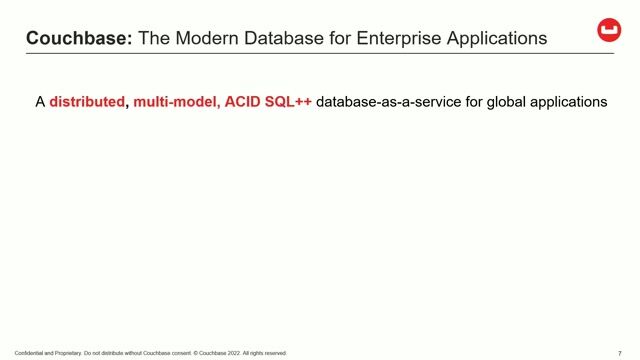 24:22
24:22Database Magic behind 40 Million operations/s
Jürgen Pilz
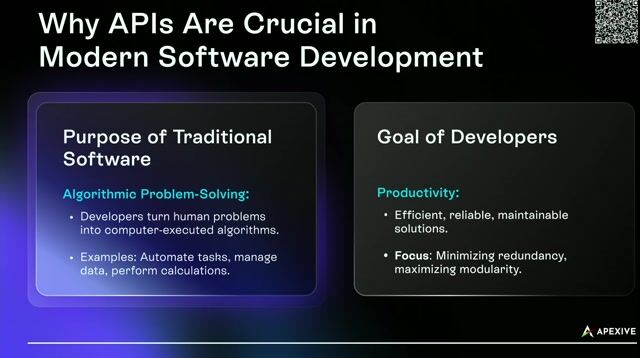 28:16
28:16The Great API Debate: REST, GraphQL, or gRPC?
Alexis Yushin
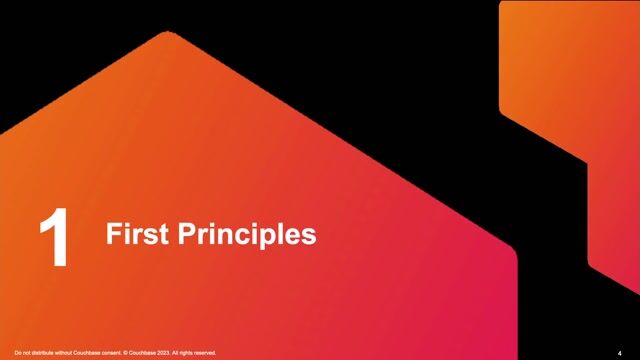 28:12
28:12GraphQL: Does it replace SQL, REST or Something Else?
Gregor Bauer
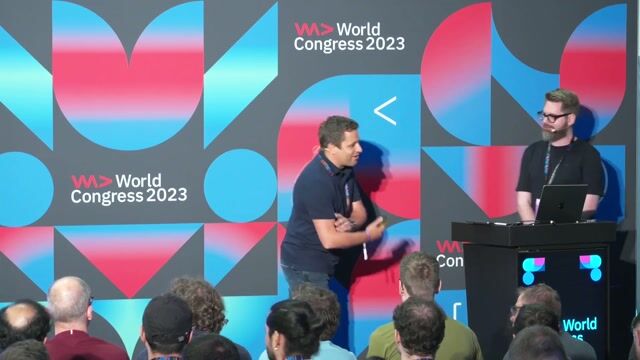 30:03
30:03From 0 to 1.000.000: How to build a serverless raffle service for hyperscale
Marco Plaul & Martin Sakowski
 46:47
46:47Rapid GraphQL API Development with PostGraphile
Ruwan Xaviour Fernando
 22:32
22:32Swapping Low Latency Data Storage Under High Load
George Asafev
Related Articles
View all articles



From learning to earning
Jobs that call for the skills explored in this talk.

Full Stack Engineer
Climax.eco
Rotterdam, Netherlands
€70-100K
Senior
TypeScript
PostgreSQL
Cloud (AWS/Google/Azure)





Database Administrator MongoDB
CaseWare
Medellín, Spain
Remote
Intermediate
MongoDB
TypeScript
Kubernetes
Amazon Web Services (AWS)

Administrateur Bases de Données Distribuées - Oracle / MySQL / MongoDB - Villeurbanne (Projet Orion)
La Collective
Villeurbanne, France
Junior
MySQL
MongoDB

Remote Fullstack Dev - Real-Time Web Apps (Node/Deno)
BoraBora GmbH
Barcelona, Spain
React
MongoDB
Node.js
